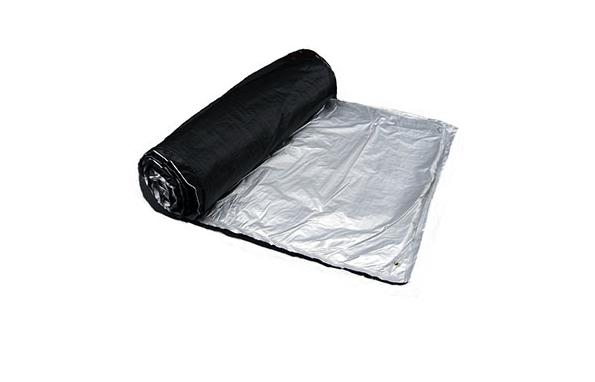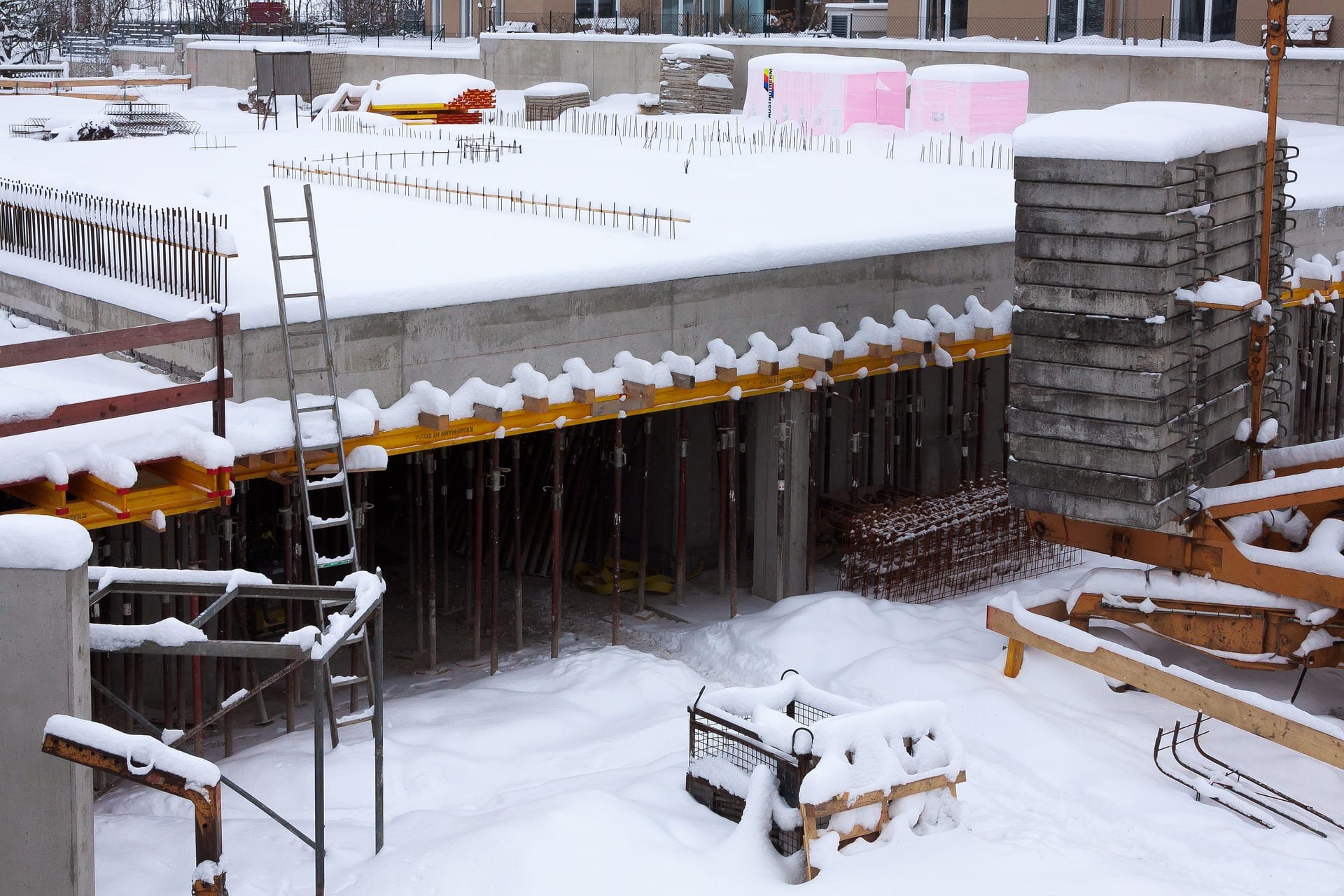That darn cold weather has crept up again and you still did not get your concrete poured this year—again. Summertime can be busy for many, and with fun activities and vacations, pouring concrete can get pushed to the back of the line. This may leave you pondering the possibilities of pouring your concrete in less than ideal weather conditions.
The Precautions
First of all, you have to know there are some unique challenges to pouring concrete in cold weather. It certainly can be done but it is not ideal. Cold weather can greatly alter several factors when pouring concrete. Knowing some best practices can go a long way in your chilly adventure. The hydration level, freezing risks and overall durability over time are just a few things to consider, so be prepared to baby your concrete until it’s cured.
The Facts
Now that you know you may encounter some challenges, here’s the facts to help you prepare. First of all, the standard for pouring concrete in cold weather is not defined by your grandmother’s thermostat—it is three consecutive days of temperatures below 40 degrees Fahrenheit. Concrete has many phases and each one is important. The phase in which concrete is moist is known as the plastic phase. During this phase it is crucial to control the temperature of the concrete. If outdoor temperatures fall below 25 degrees Fahrenheit the concrete will most likely freeze. A concrete popsicle is never a desirable outcome because it can compromise the overall durability and strength by up to 50%.
Protecting the concrete from freezing is the highest priority for at least two full days. Ideally, you want to maintain the concrete at a temperature of about 50 degrees Fahrenheit. If not, this phase may take longer to fully set.
You should also understand how lower temperatures can affect the hydration levels in your concrete. Moisture creates a chemical reaction when it is combined with the cement mixture. This reaction causes heat and with it an acceleration in the setting process. The lower temperatures can alter the hydration levels, thus causing less heat and slower setting times for your project. Because you may encounter these delays in setting times, some of the normal finish work and removal of forms will also be delayed.
The Solutions
But fear not, there are additive options designed specifically for cold weather concrete conquests that can help the concrete set faster or retain heat to prevent freezing.
Calcium chloride can be highly effective in pushing along the setting rate. However, this additive should be limited to no more than two percent of the cement mixture itself. Insulating your concrete is a critical step that can aid in heat retention. Plastic sheets and enclosures are also popular and an effective barriers against the elements. Additionally, concrete heat blankets can be quite helpful during the cold winter months. Not only can they be used to help thaw frozen ground but they add a substantial amount of protection for newly poured concrete. Typically, heat blankets are made from durable polyethylene fabrics and insulating foam that hold up nicely in harsh weather conditions.
Depending on the project circumstances, a heater may help retain heat and prevent freezing. If you use a heater, you must be vigilant and take adequate precautions. A fossil-fueled heater should always be placed in a well-ventilated area to avoid carbon monoxide dangers and to avoid the carbonation of a newly poured concrete area, which can cause an undesirable result called dusting. Additionally, heaters can create a surface temperature that differs greatly from the center of the concrete. If this variation becomes more than 35 degrees Fahrenheit, cracking may result. Another potential risk with heating concrete is prematurely drying out the surface which creates shrinkage cracks. Corners and outer edges can be particularly vulnerable to these problems.
The Decision
Pouring concrete in cold weather may seem like a daunting task to undertake and it certainly comes with risks. Whatever options you choose to protect your project will require your time and attention to detail. However, being deliberate in your planning, reviewing and implementing these recommendations will put you on the pathway to a successful, albeit chilly, concrete adventure.

